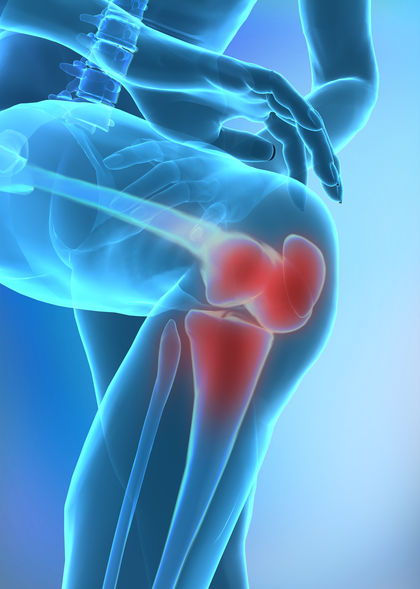Body Image

The term body image refers to the view that a person has of his or her own body size and proportion. Body-image distortion occurs when a person's view of their body is significantly different from reality.
Many factors impact the perception of one's body image, including the mass media, peer groups, ethnic groups, and family values. There is no such thing as an "ideal" or "perfect" body, and different cultures have different standards and norms for appropriate body size and shape. Even within a particular culture, societal standards shift periodically. For example, in the United States, the value of being thin has been the predominant stereotype for women since the model Twiggy arrived on the scene in the 1960s. The average fashion model (at the beginning of the twenty-first century) is almost six feet tall and weighs 130 pounds, whereas the average American woman is five feet, four inches tall and weighs 140 pounds. This disparity in height and weight may lead to problems with self-esteem when a woman finds herself not meeting the cultural ideal of body size and shape. The interesting factor is that women tend to feel overweight , not "under height" when comparing themselves to fashion models.
Another example of body-image distortion can be seen among the contestants in the Miss America Beauty Pageant, the Miss Universe Pageant, and the Miss World Pageant. No winner of these pageants has ever been "overweight," and the winners have gotten progressively thinner over the years. Magazines and other media convey the image that being thin equates to being happy and successful, while cases of weight discrimination have been identified and argued in the courts. Fortunately, more emphasis is now being placed on health at any size, and on women becoming more muscular and fit, rather than simply thin. With increases in obesity statistics, however, some people may feel even more pressure to lose weight due to body-image distortion.
There are normal and predictable periods in life when body-image distortion occurs. One of these is puberty , when rapid changes in body size, body shape, and secondary sex characteristics take place. During this time, females tend to gain fat in the breasts, hips, buttocks, and thighs, developing a more pear-shaped body. Adolescent females may view their bodies as being heavier than they actually are, especially when compared to fashion models or celebrities. Adolescent males tend to gain height and muscle mass during puberty, and they may view their bodies as smaller than they actually are when compared to bodybuilders or professional athletes.
Body-image distortion also occurs when eating disorders develop. Most experts agree that the development of eating disorders is multifactorial and includes sociocultural, psychological , hereditary, and brain chemistry effects. Society plays a role in their development since eating disorders occur
![Dissatisfaction with one's body can appear in adolescence and could lead to eating disorders. About 1 percent of teenage girls in the U.S. develop anorexia nervosa and up to 10 percent of those may die as a result. [Photograph by Ariel Skelley. Corbis. Reproduced by permission.]](../images/nwaz_01_img0034.jpg)
The earlier the treatment or intervention in eating disorders occurs, the better the prognosis is. With early diagnosis and treatment, body-image distortion may be minimal and can return to normal. The goals of body-image treatment are to correct distortions in body image and create a more positive body image. The longer the eating disorder has occurred, the more persistent the body-image distortion tends to be. Some female patients may never view their bodies as anything but overweight, and they may even view normal-weight women as fat. In males, the opposite is true: normal-weight men are viewed as scrawny, and only bodybuilders with significantly higher lean body mass than usual are considered ideal. Cognitive-behavioral therapy is commonly used as a major form of treatment for eating disorders and is often provided with a nondiet approach to improve self-esteem as bingeing or purging behaviors are reduced.
SEE ALSO Dieting ; Eating Disorders ; Eating Disturbances ; Weight Management .
Catherine Christie
Bibliography
American Psychiatric Association (2000). Diagnostic and Statistical Manual, 4th edition. Washington, DC: Author.
Eldredge, K.; Wilson, G. T.; and Whaley, A. (1990). "Failure, Self-Evaluation and Feeling Fat in Women." International Journal of Eating Disorders 9:37–50.
Rosen, J. C.; Gross, J.; and Vara, L. (1987). "Psychological Adjustment of Adolescents Attempting to Lose or Gain Weight." Journal of Consulting and Clinical Psychology 55:742–747.
Rubenstein, S., and Cabellero, B. (2000). "Is Miss America an Undernourished Role Model?" Journal of the American Medical Association 283:1569.

Comment about this article, ask questions, or add new information about this topic: